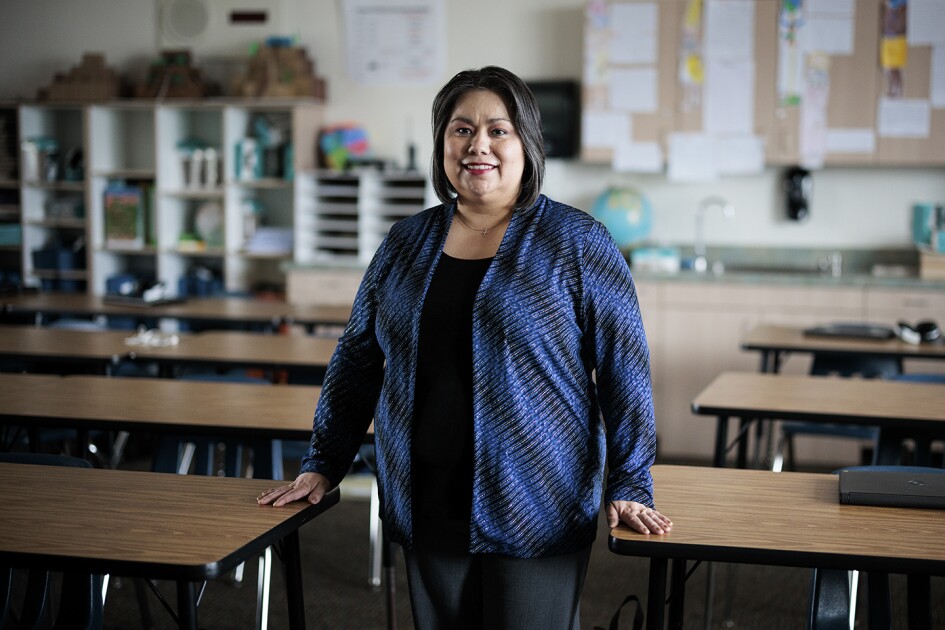The picture isn’t altogether grim. Dig beneath the averages and one can find bona fide (if modest) test-score gains, particularly in math and in the earlier grades, and especially for poor and minority youngsters. Graduation rates are flickering upward. Even some international comparisons show the United States holding its own.

Chester E. Finn Jr.
Nothing is where it needs to be or where the National Commission on Excellence in Education declared we must get for the country’s future to be secure. But the alarm the commission sounded so loudly in 1983, amplified by a half-dozen other reports that emerged around the same time, awakened the nation’s leaders to the education challenges that we face and prompted a trio of immense changes that I believe will eventually bring us a lot closer to the ever-moving targets we’d like to hit.
- After decades of focusing our reforms on equalizing opportunities for youngsters and groups that hadn’t had a fair shot at the American dream, we came to realize that the pursuit of excellence is also vital to society’s long-term wellbeing. We’ve sometimes struggled with the balance. (Today, for example, we’re neglecting our high-ability students while also fearing overhauling our outdated approach to special education, which made sense in 1974 for gaining entry to public education by a previously marginalized group but not in 2013 when technology and school choice make it possible--and surely desirable--to customize the education of every child. Besides, it’s too expensive and litigious. Today’s challenge isn’t just to open the schoolhouse door and equalize opportunities to learn; now we care just as much whether youngsters are learning enough.
- It follows that we now judge states, districts, and schools--and, increasingly, those who work in them--not by their resources, qualifications, and intentions but by their effectiveness in helping students acquire the requisite knowledge and skills. Now we have academic standards, improving measures of performance, and accountability systems with incentives for success and interventions of various kinds when learning falters. Although James Coleman pointed the way in 1966, in practice almost none of this was happening until the “excellence movement” kicked in after 1983, mainly led by impatient governors, mostly in southern states, who realized that decent jobs and prosperity hinged on educational accomplishment.
- The third sea change since 1983 is today’s conviction that children need not attend the district-operated public school in their neighborhood. They have choices! Whereas in the old days only rich families and Catholics pursued such alternatives, about half the school kids in the United States now attend schools that their parents chose. (Yes, I include “real estate choice” whereby youngsters attend their neighborhood school, but it’s in a neighborhood their parents chose at least in part because of the school.) This is a very big deal. It doesn’t mean that “schools of choice” are always as good as they ought to be, and political and policy barriers still deter too many youngsters, especially the least fortunate among them, from accessing quality alternatives. But today we have charter schools, virtual schools, home schooling, magnet schools, voucher programs, intra- and inter-district public school choice, and a host of other mechanisms by which many U.S. families have gained far more control over their children’s education than they had before 1983.
No, we’re not yet where we need to be. But the reforms we’ve undertaken and the changes we’ve made have a fighting chance of getting us closer to it, and I don’t believe they would have occurred--surely not with the speed and force that they have--had the nation not been declared “at risk” in 1983.
Chester E. Finn Jr. is the president of the Thomas B. Fordham Institute, the chairman of the Hoover Institution’s Task Force on K-12 education, and a former assistant U.S. secretary of education. He is the author of 20 books and more than 400 articles; his work has appeared in publications such as The Christian Science Monitor, Education Week, Harvard Business Review, The New York Times, The Wall Street Journal, The Washington Post, and The Weekly Standard.






